 Stumbling upon a timepiece of your choice is a great feel but it is heartrending if that choice is based on wrong grounds. With mechanical watches making it back to the scene again, it’s high time we run the beat.
Stumbling upon a timepiece of your choice is a great feel but it is heartrending if that choice is based on wrong grounds. With mechanical watches making it back to the scene again, it’s high time we run the beat.
Qualifiers like precise and perfection sell many watches but – please be honest – does an average buyer even know the basic parameters for the two? Catchy phrases (e.g. a supreme exemplification of accuracy) do half the job and clever photography the rest. Parameters define what a true timepiece should be and while all that watch complication may appear very enticing, without the needed accuracy (or precision or whatever you might call it) is junk. Even that great design comes to no use. In the affordable class (in its real sense), Seiko did some great job and pushed the beats higher; the highest being in the Grand Seiko-s.
Seiko’s philosophy is simple: Simplicity, legibility and accuracy over functions, complexity and useless decorations. From design to conception, they have perfected the simple job of telling the time without much frill. Seiko’s goal surpassed that of the Suisse chronometer standards and was named the King (of all watches) and this point onwards the Grand Seiko steps in.
The 1st gen Grand Seiko was born in December 1960 and ran on a manual-wound caliber 3180 (18,000 beats/vibrations per hour/bph per hour or 5/bps/beats per sec) within a simple gold-filled case and a chronometer designation on the dial. Not that it’s something very high in today’s standards (more like today’s 28,800 bph movements) but it took a far more rigorous testing regimen (entirely conceptualized and conducted in-house) exceeding COSC standards. That you don’t see the chronometer designation now is for Grand Seiko watches are declared as a different class altogether. An unprecedented milestone for Seiko, beyond any doubts but then again, Seiko doesn’t milk its achievements for too long. The brand is famous for its high momentum.
Seiko’s focus towards bettering mainspring tension (and its materials) and lubricant quality brought remarkable advancements (some call it the race for higher beats) towards pushing it to the 36,000 count and giving Girard Perregaux (in 1966) a run for their money a year later. Seiko’s very first Hi-Beat caliber was the 5740C hand-wound; however, it was intended to be loaded into the Seiko Lord Marvel than GS. The first dedicated caliber to GS was born a year after, out of a base Seikomatic 5. The 6145 came with 25 jewels and an auxiliary hand-winding and hacking mechanism – till date, it stands as one of the defining points of the brand. Some even call it the best movement (automatic) Seiko built so far.
Next day, we talk about the two variants of the first Hi-Beat GS.


 Stumbling upon a timepiece of your choice is a great feel but it is heartrending if that choice is based on wrong grounds. With mechanical watches making it back to the scene again, it’s high time we run the beat.
Stumbling upon a timepiece of your choice is a great feel but it is heartrending if that choice is based on wrong grounds. With mechanical watches making it back to the scene again, it’s high time we run the beat.

















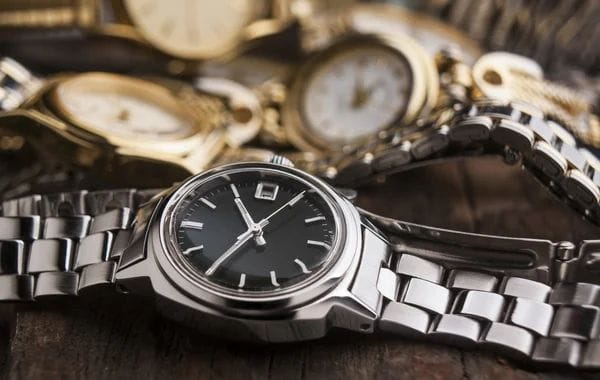



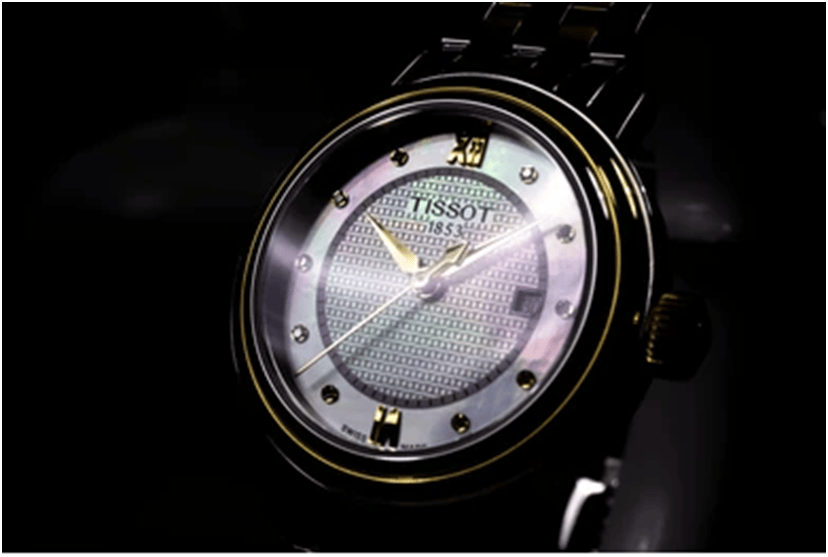









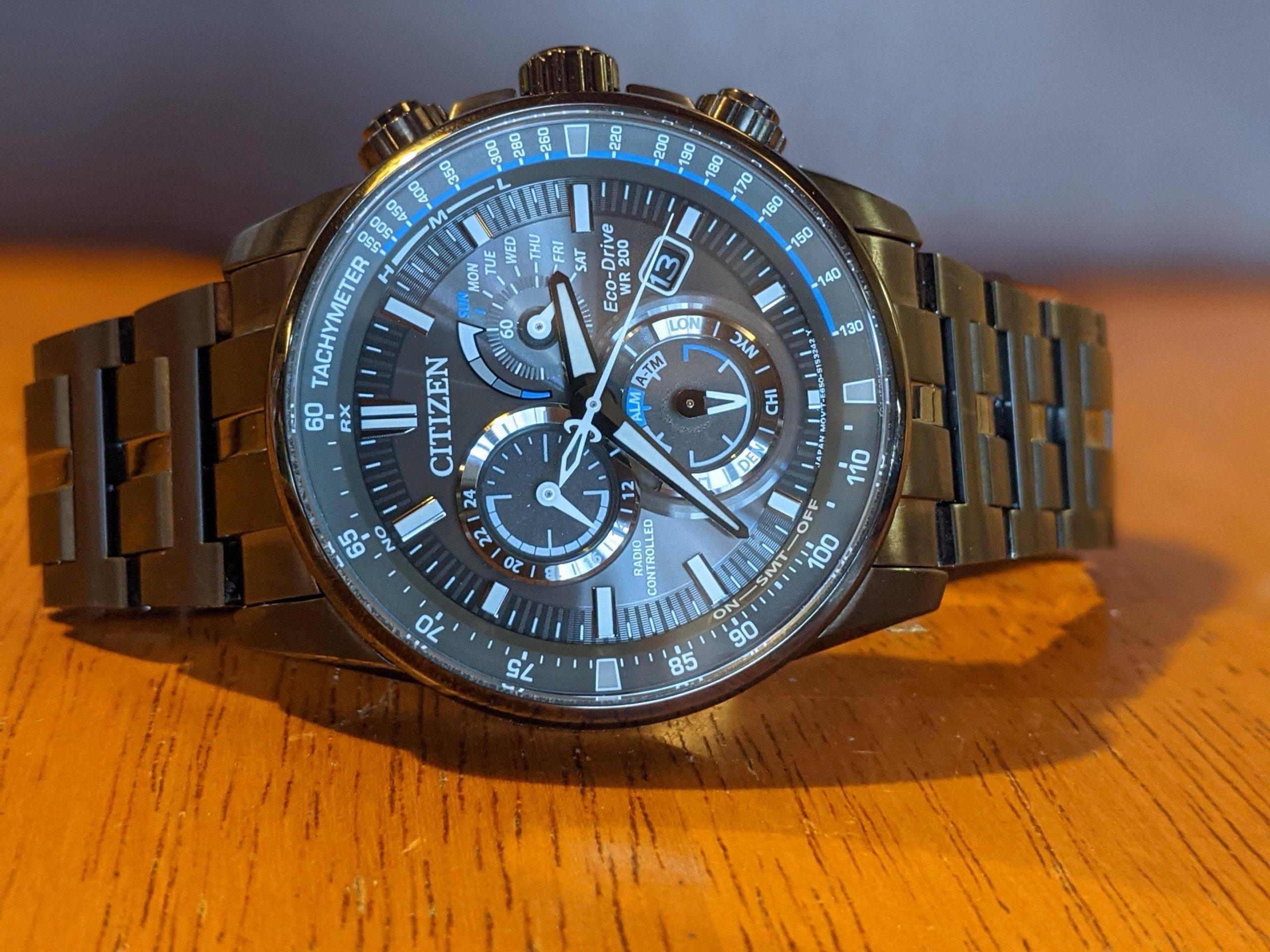


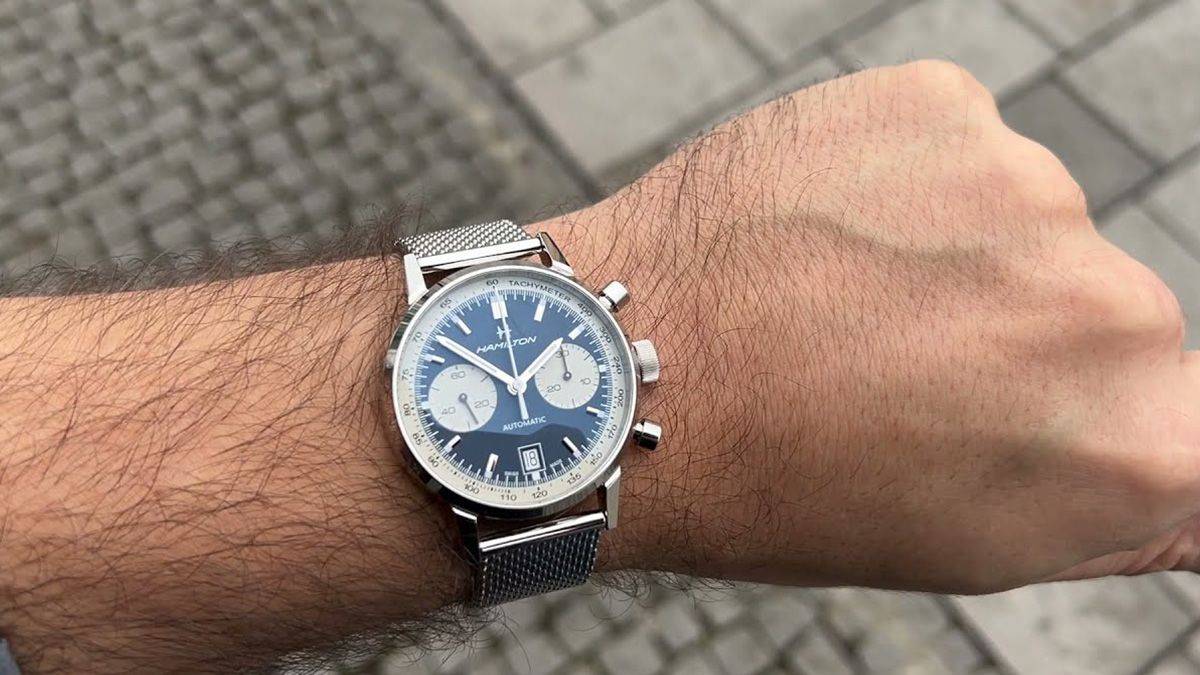








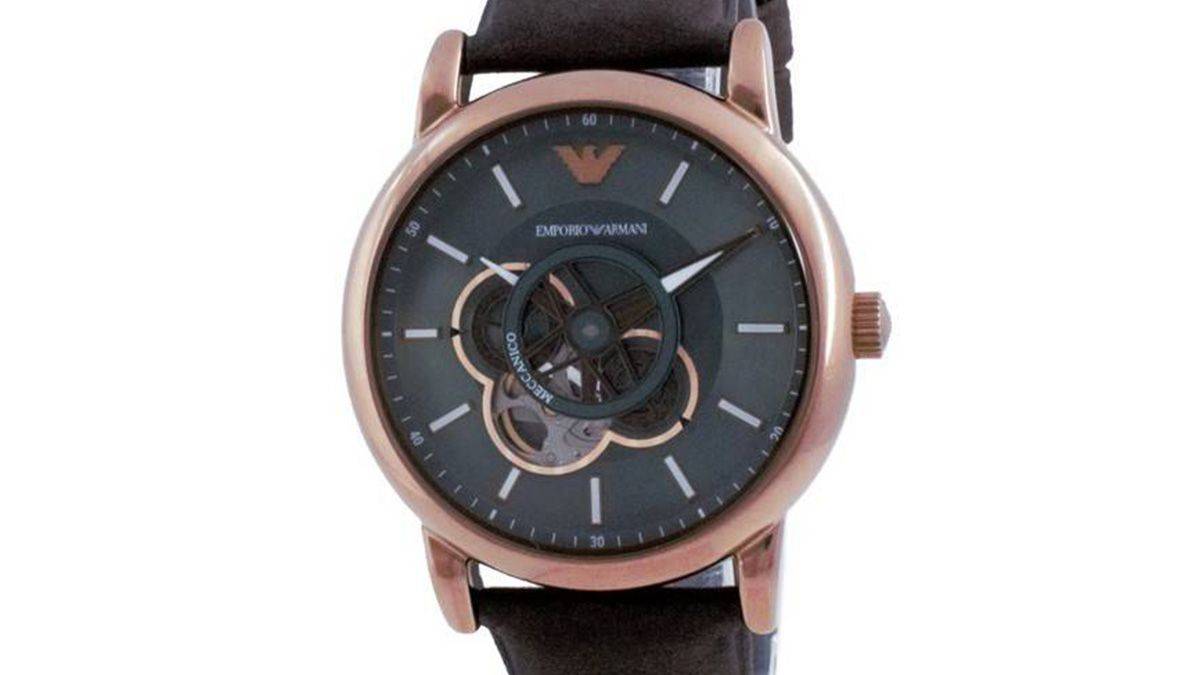





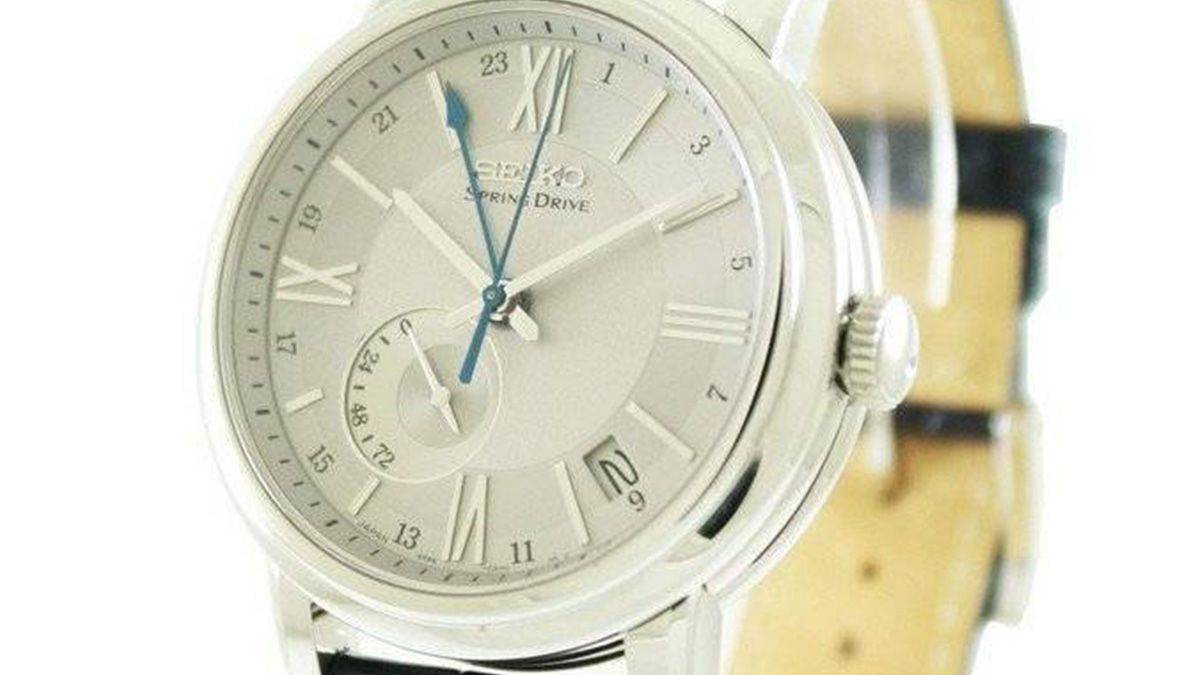














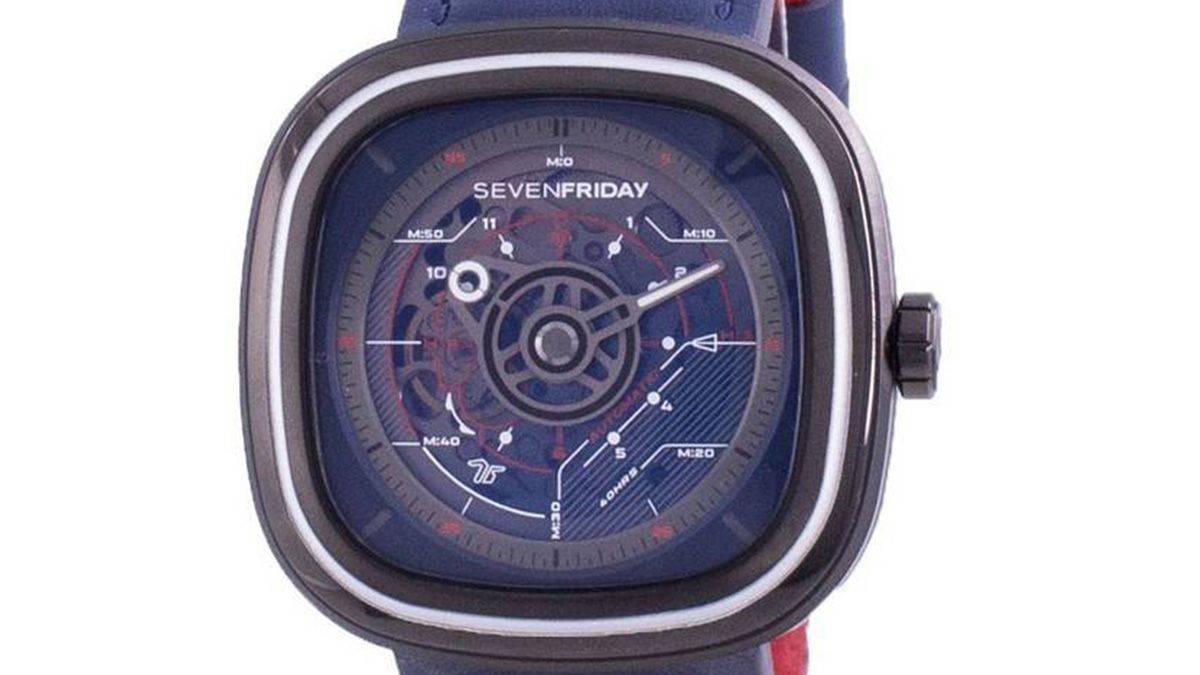



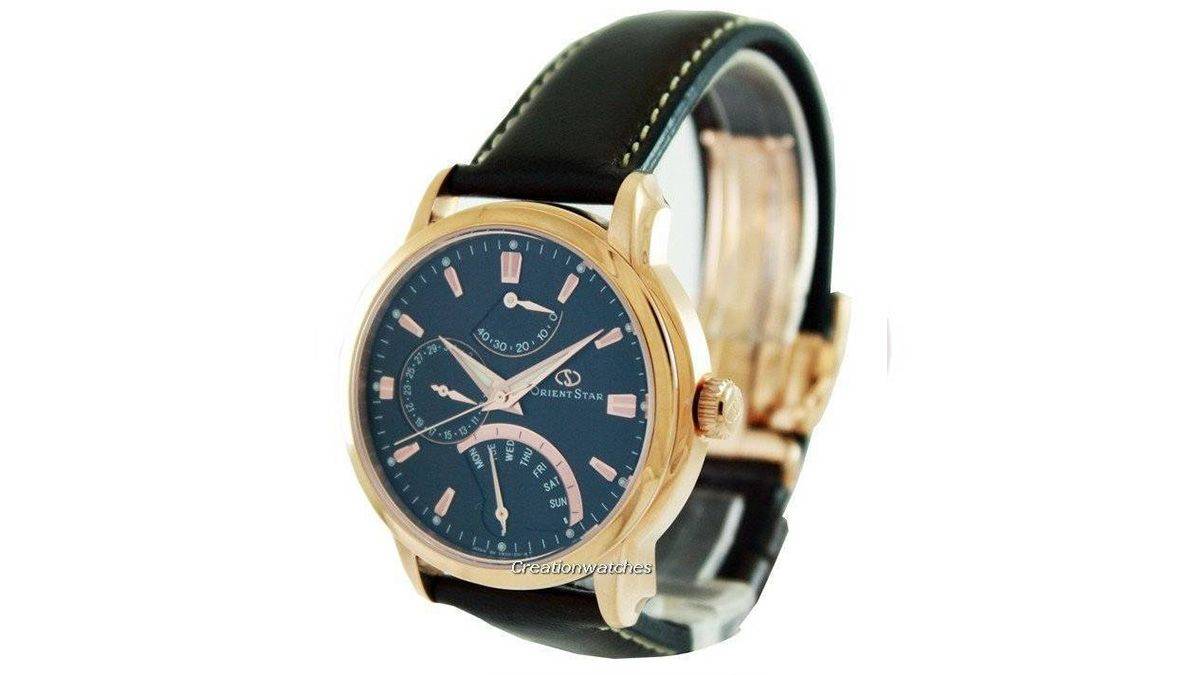





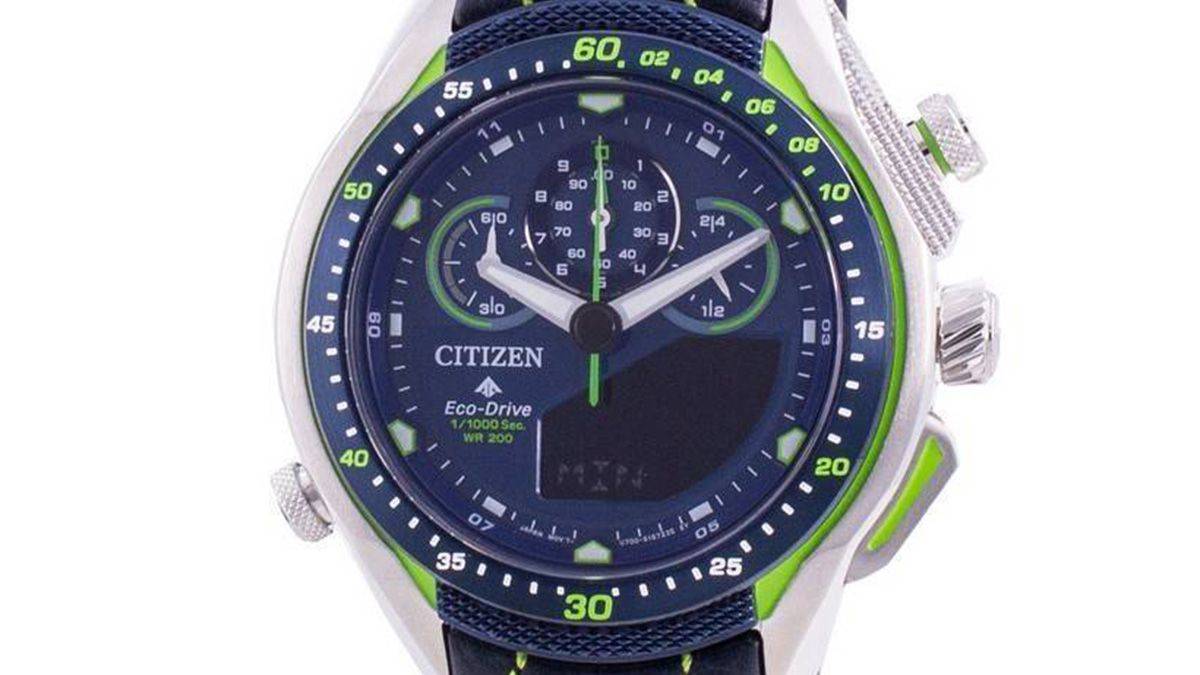







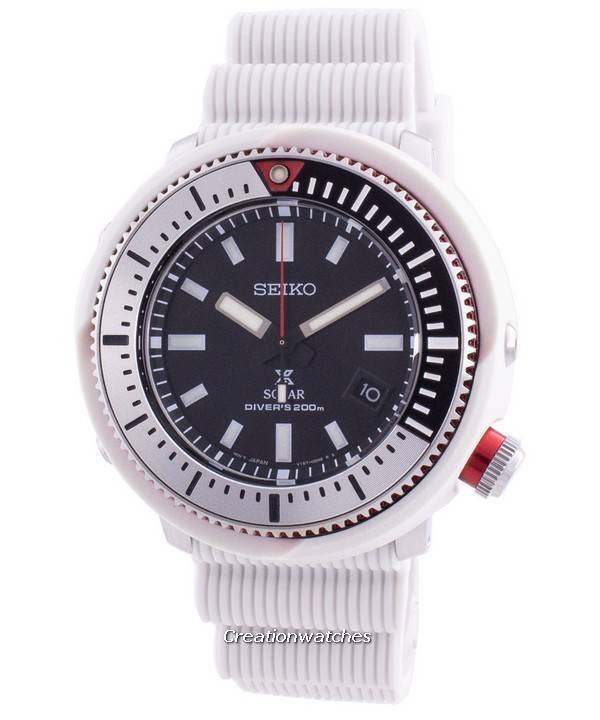
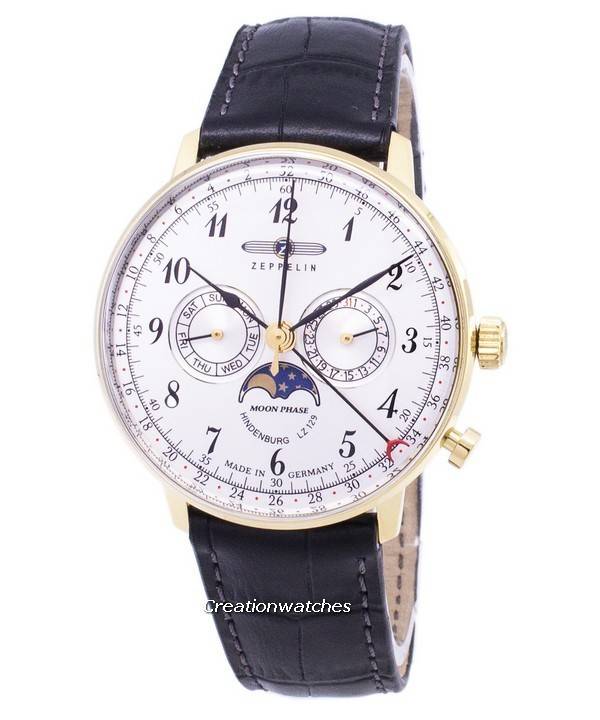











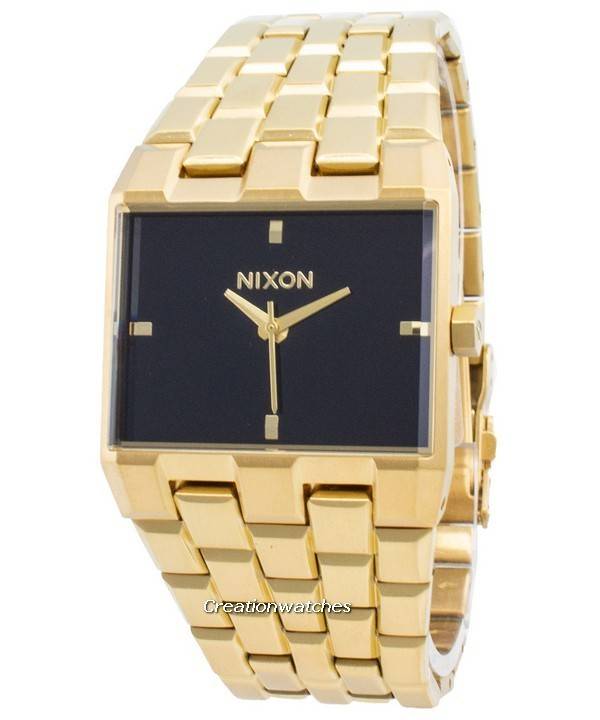





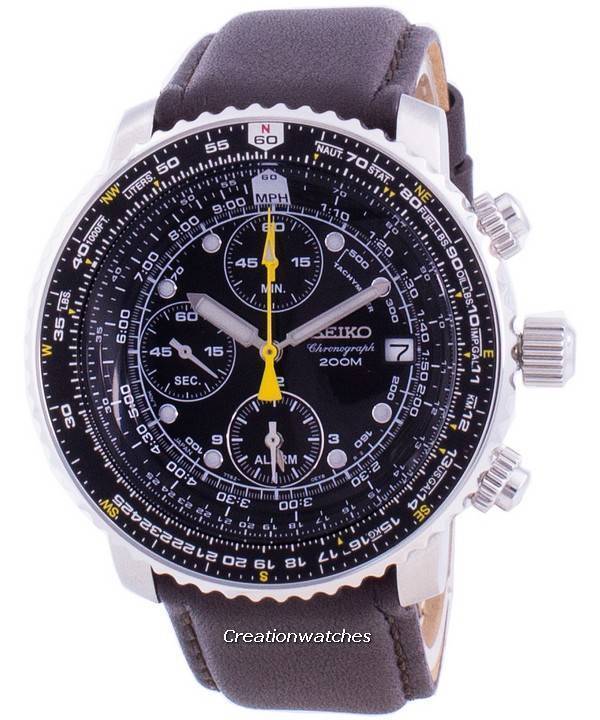







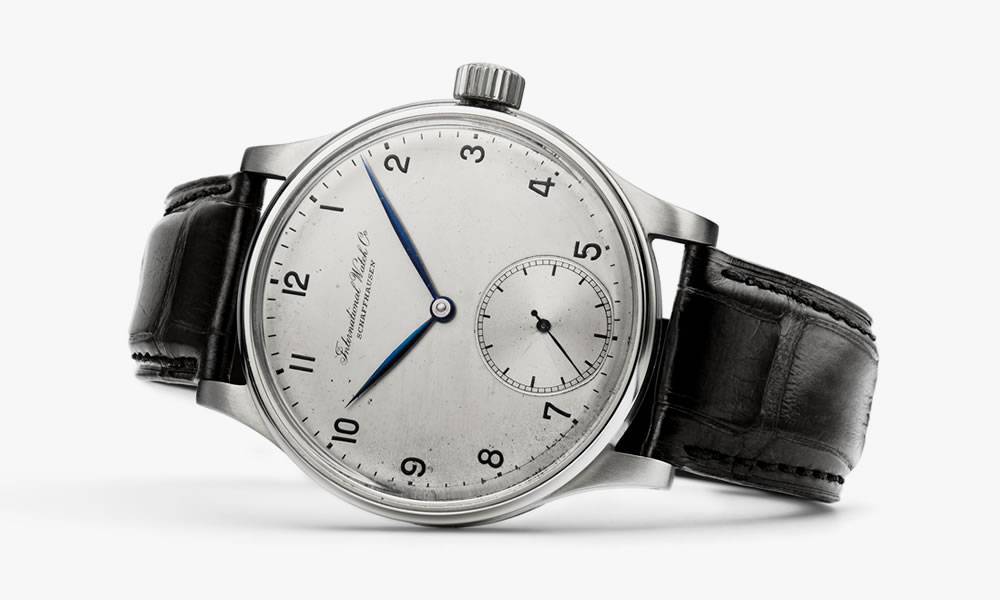


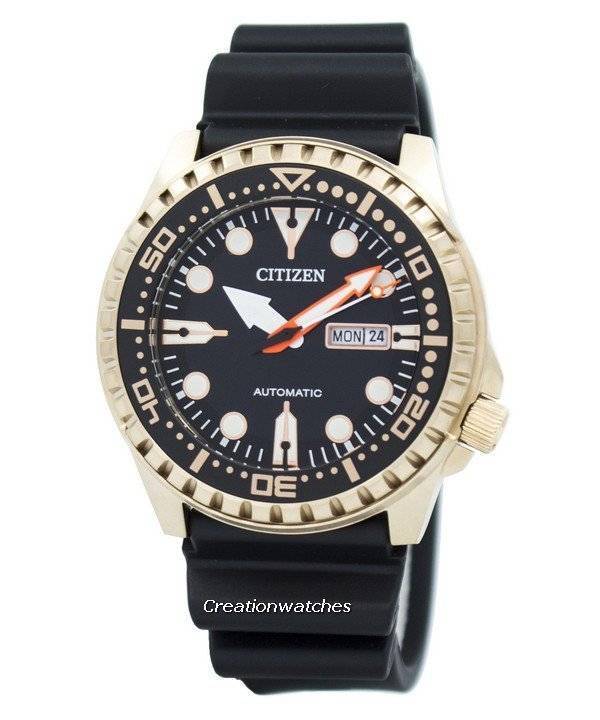







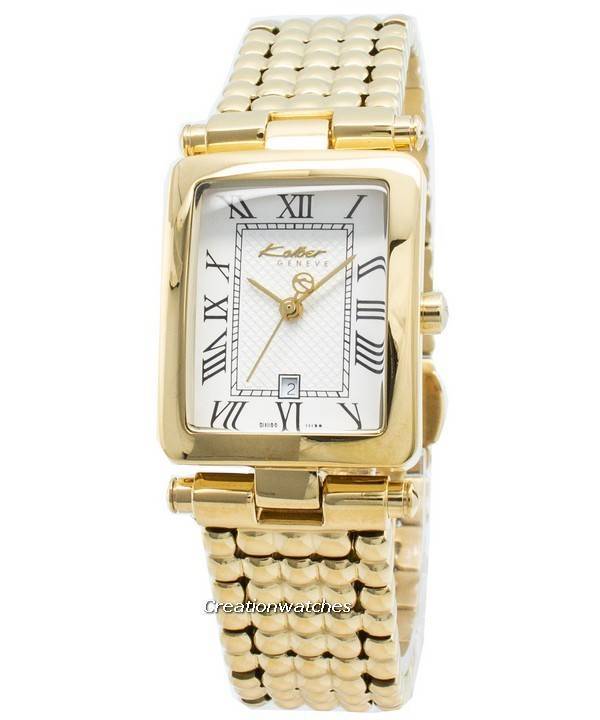


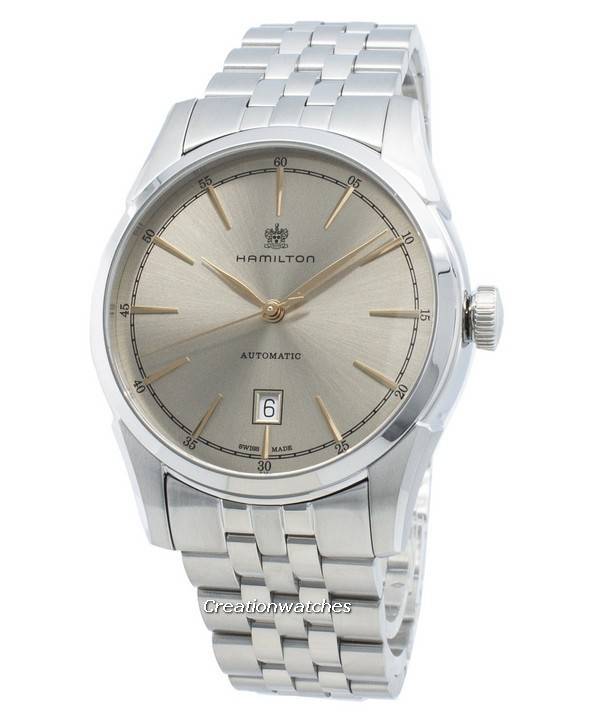
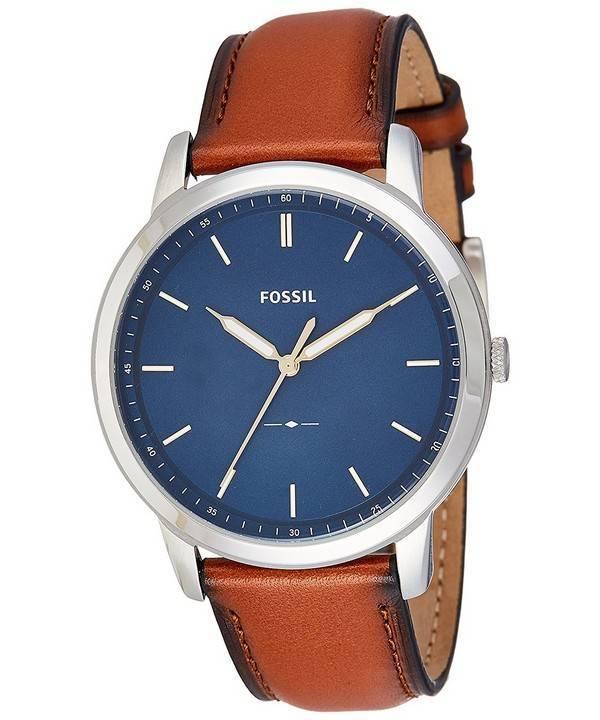




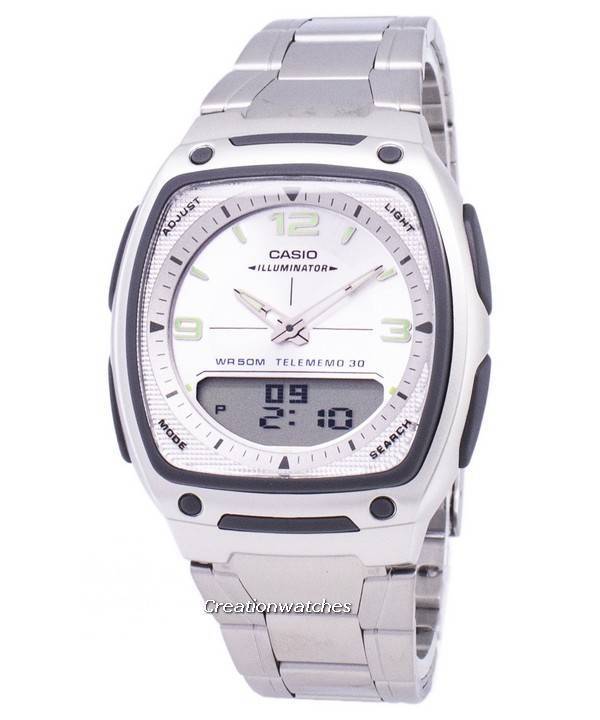
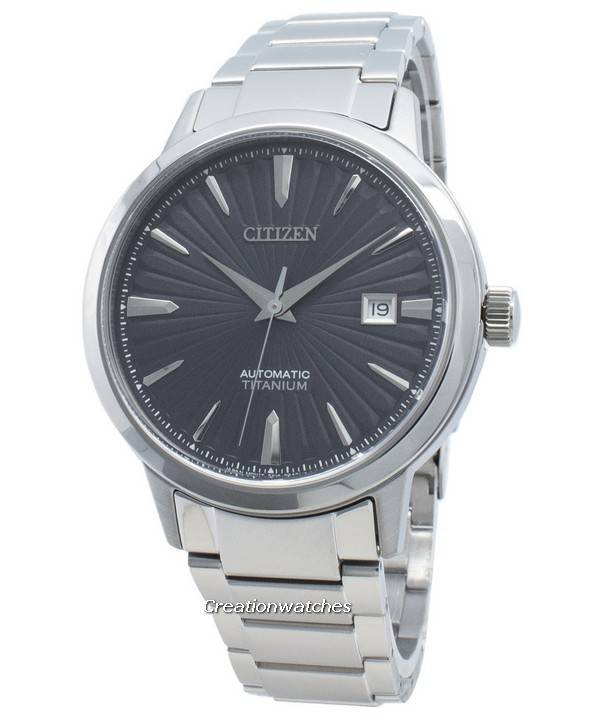




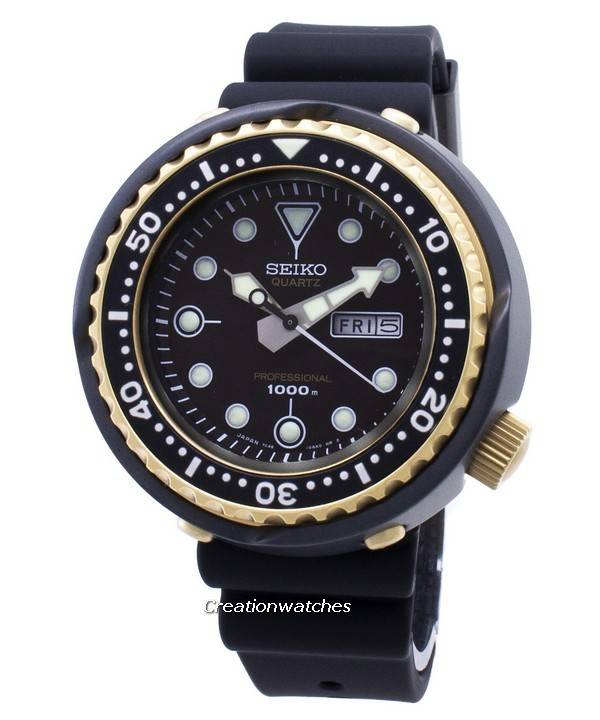

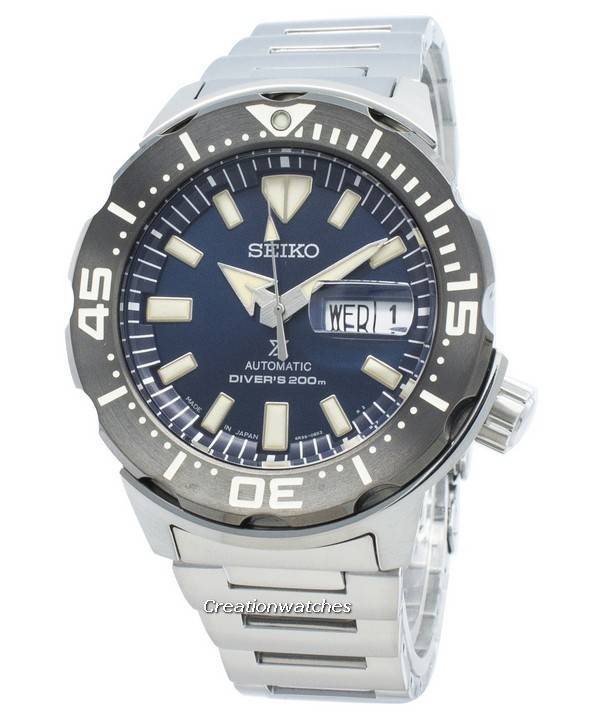







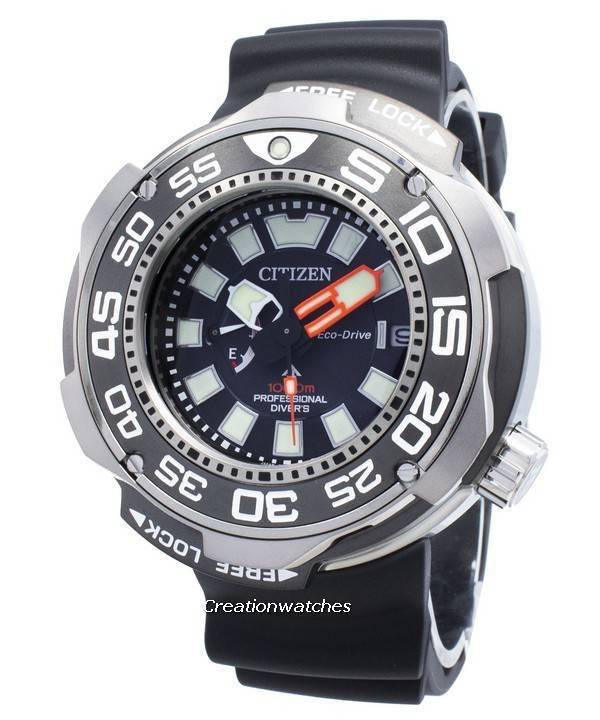


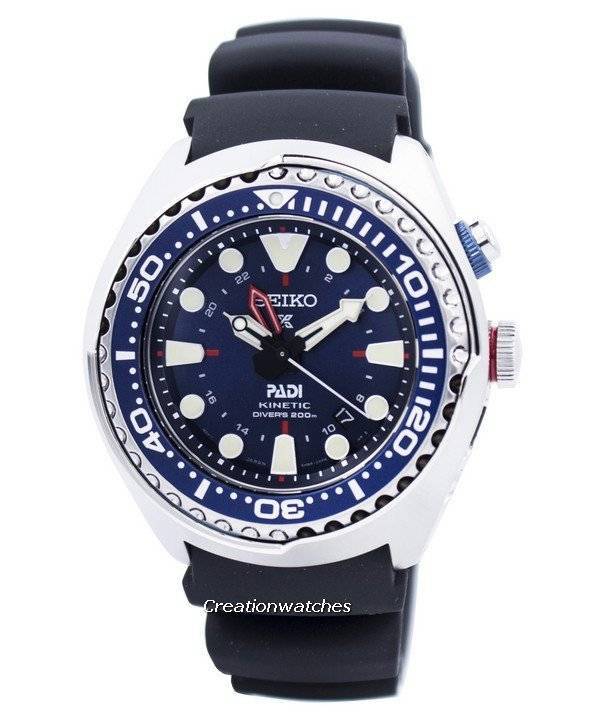
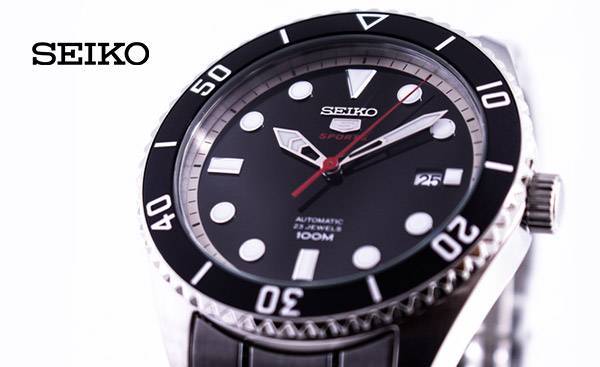
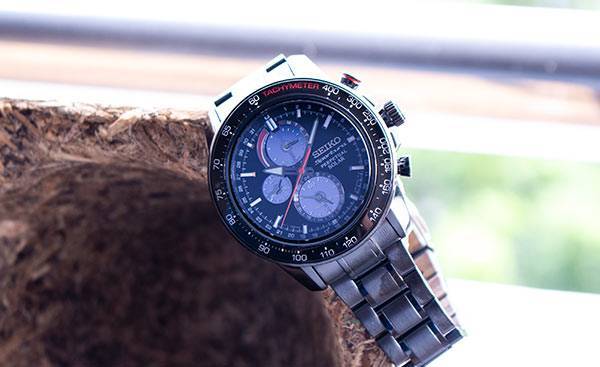

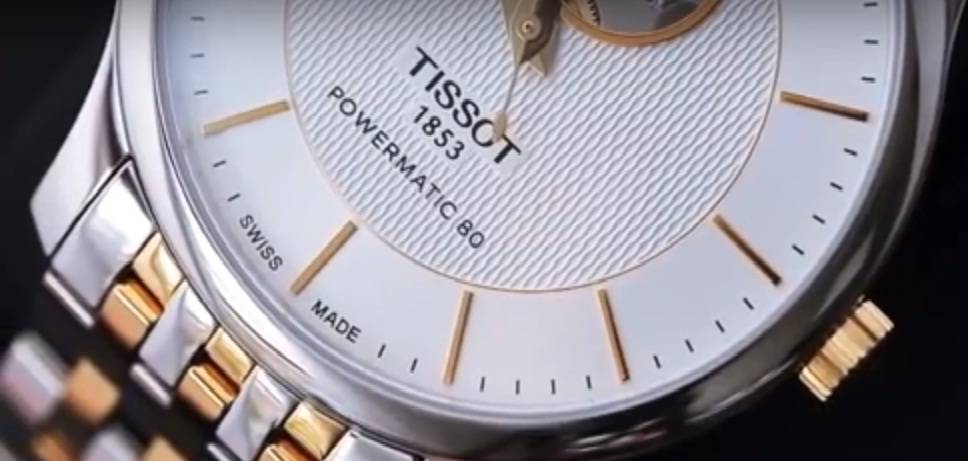
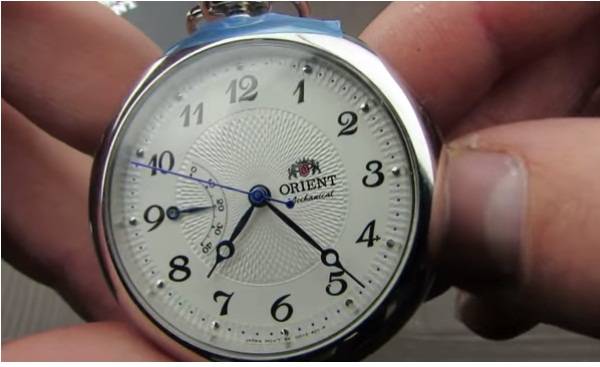







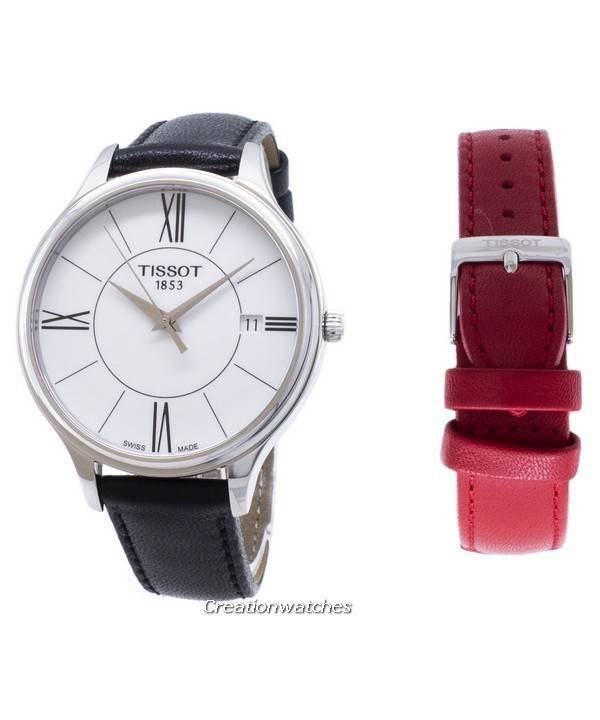

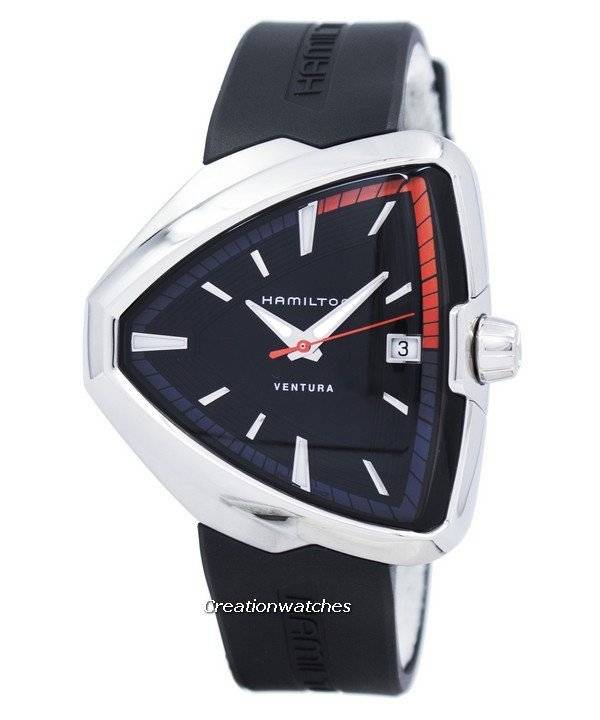
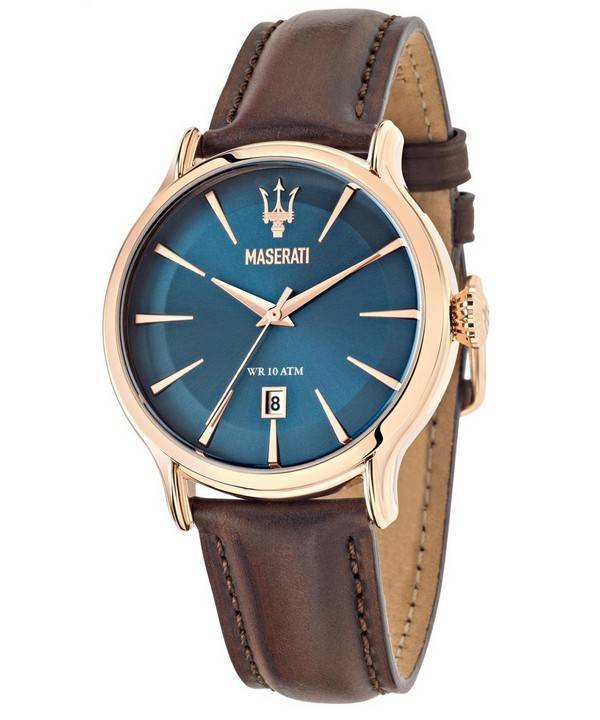

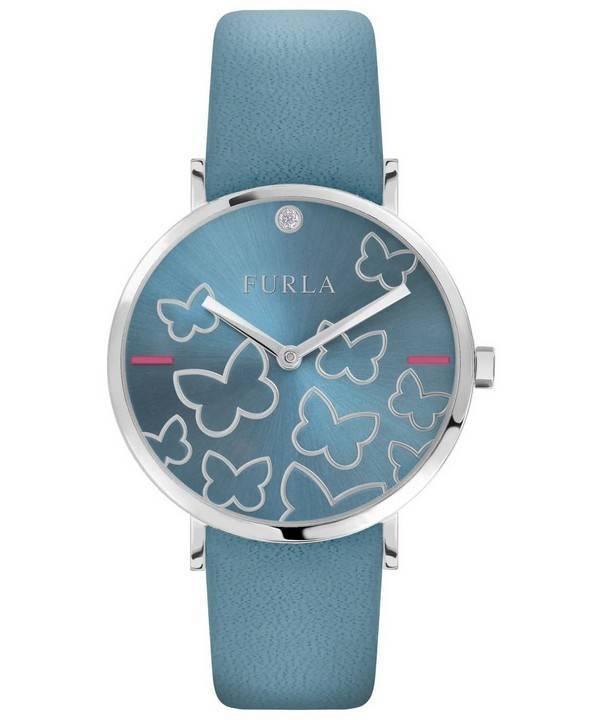




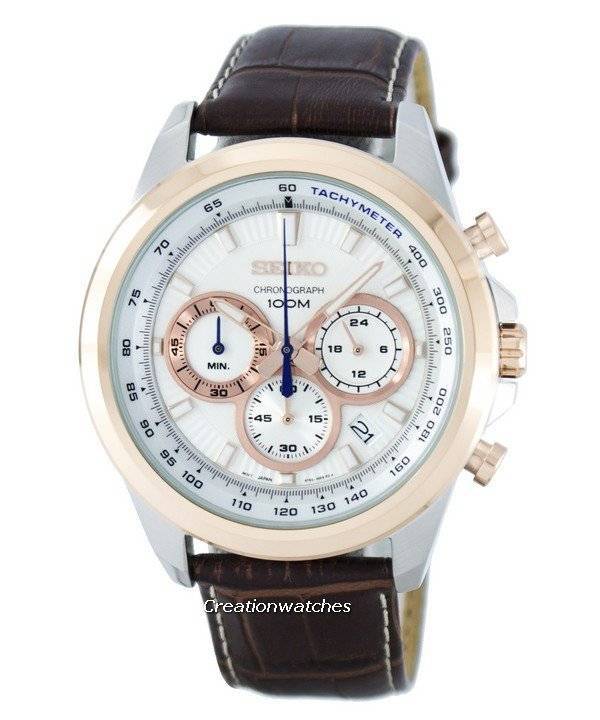







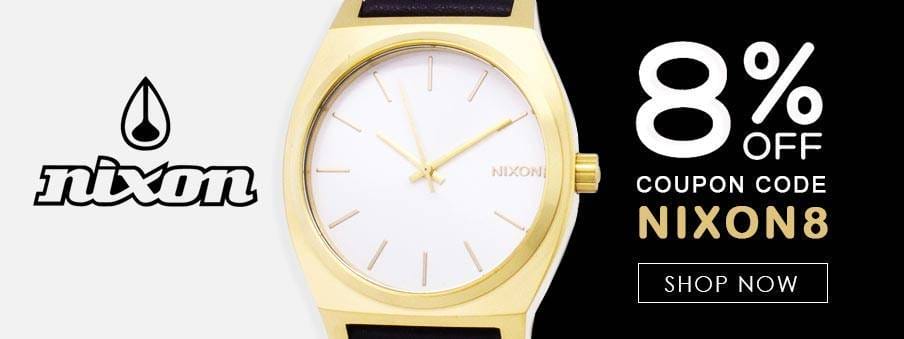



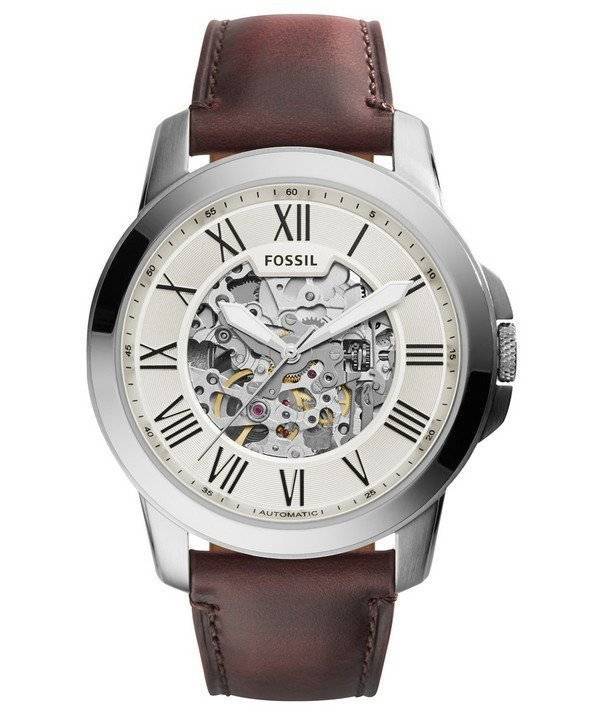




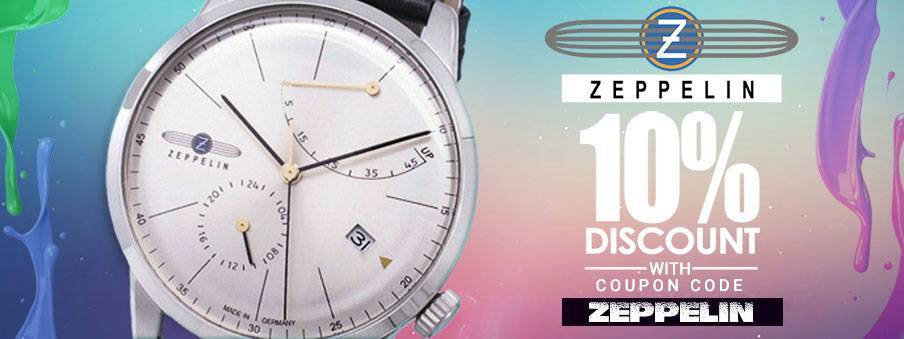






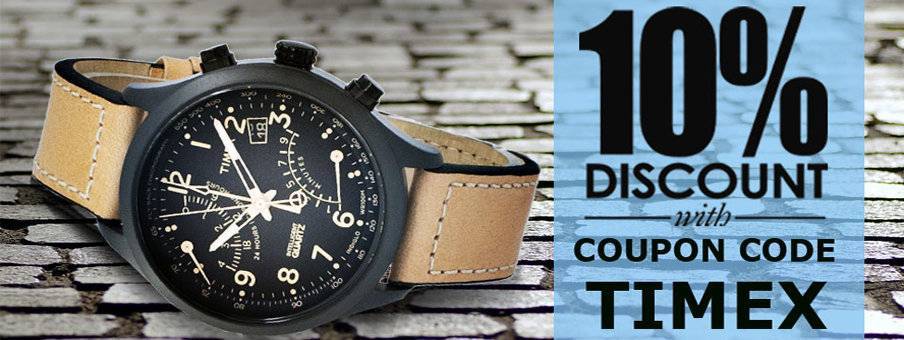


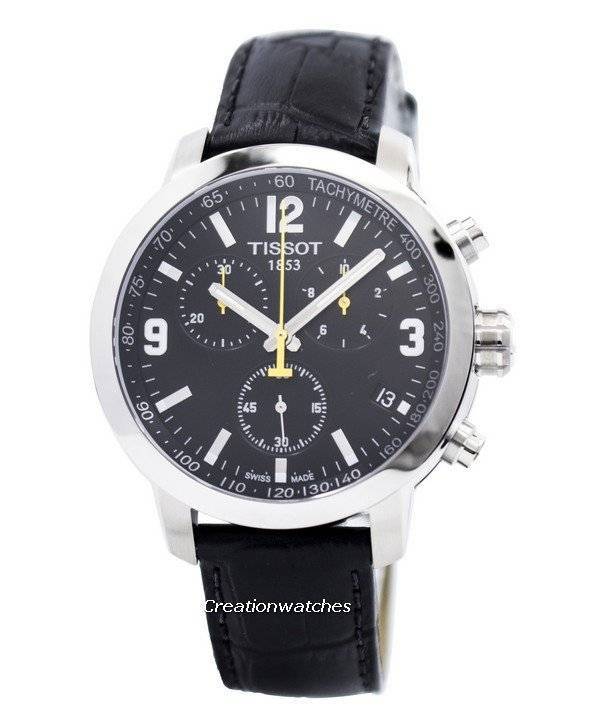

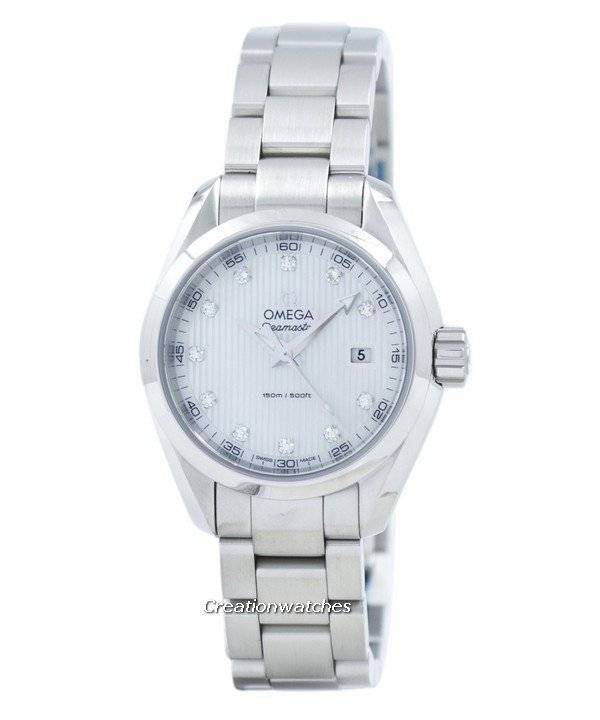

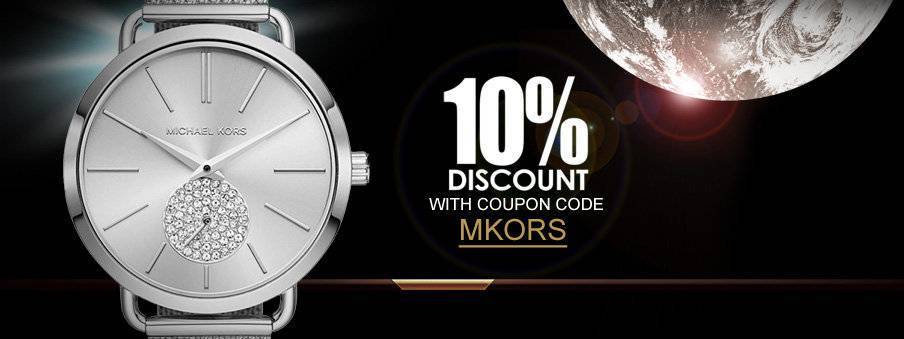





























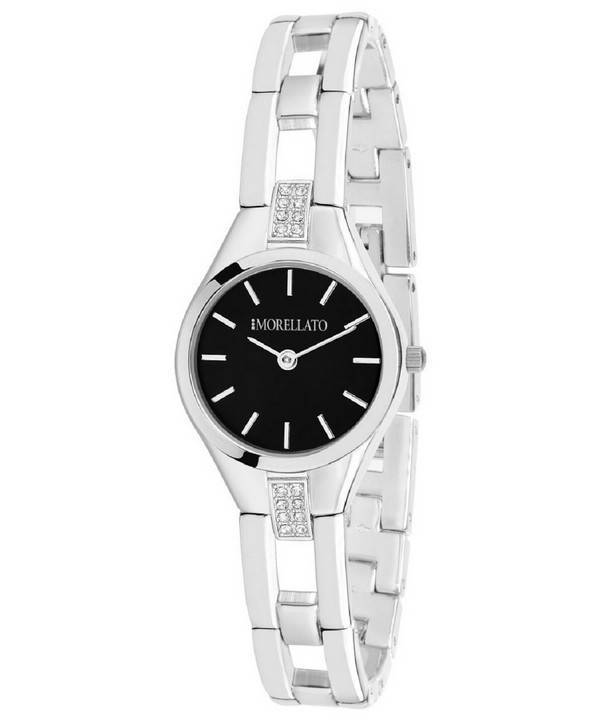





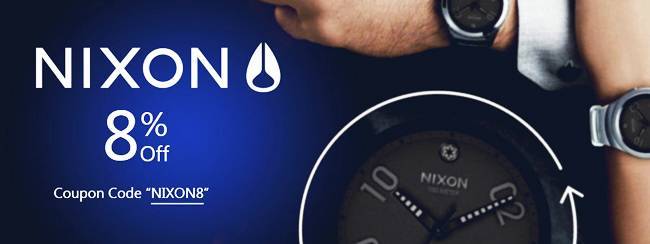


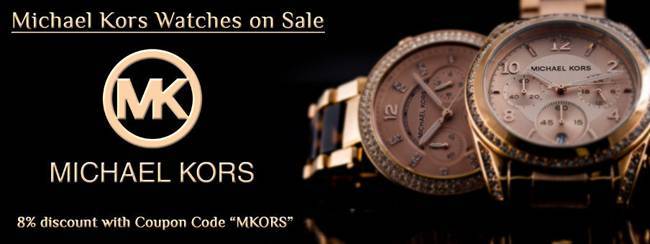


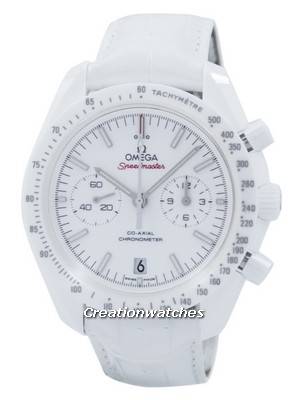








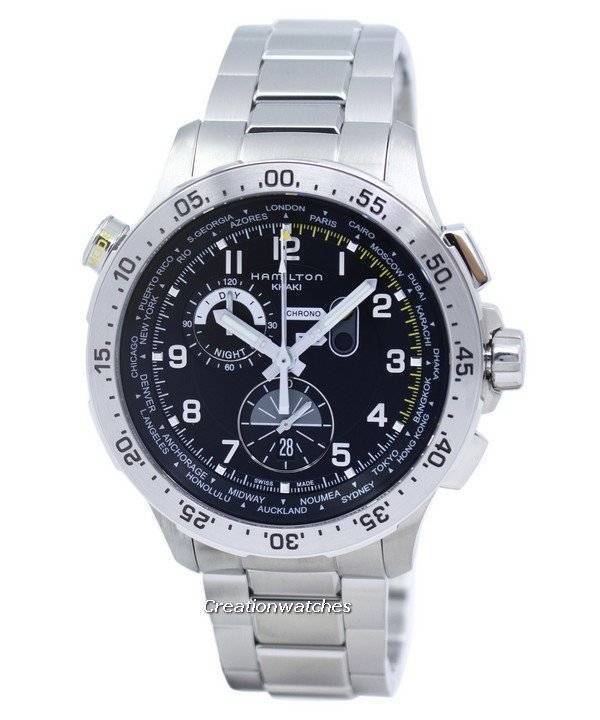
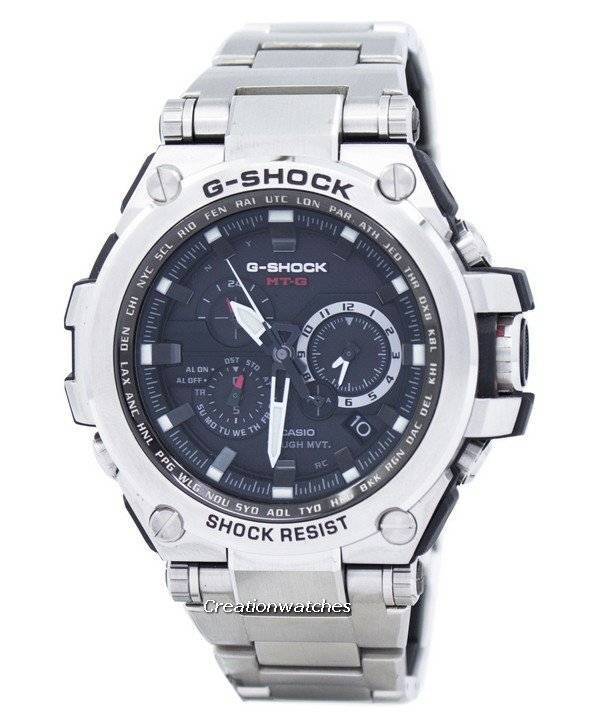








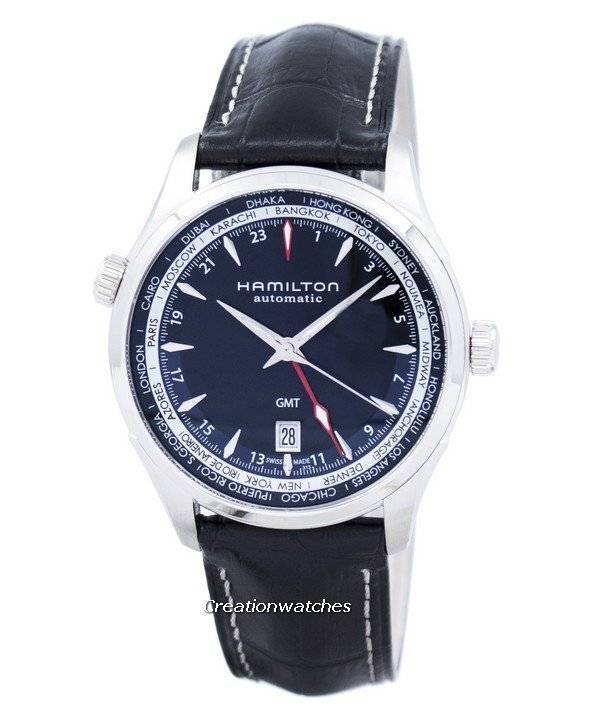









Really very nice design of grand seiko watch